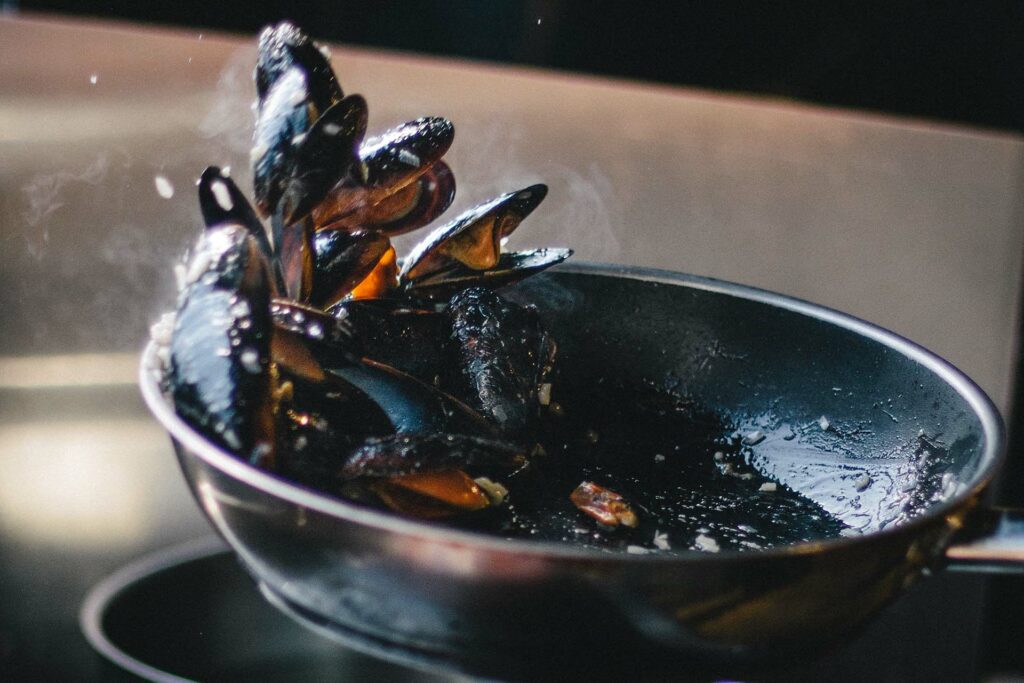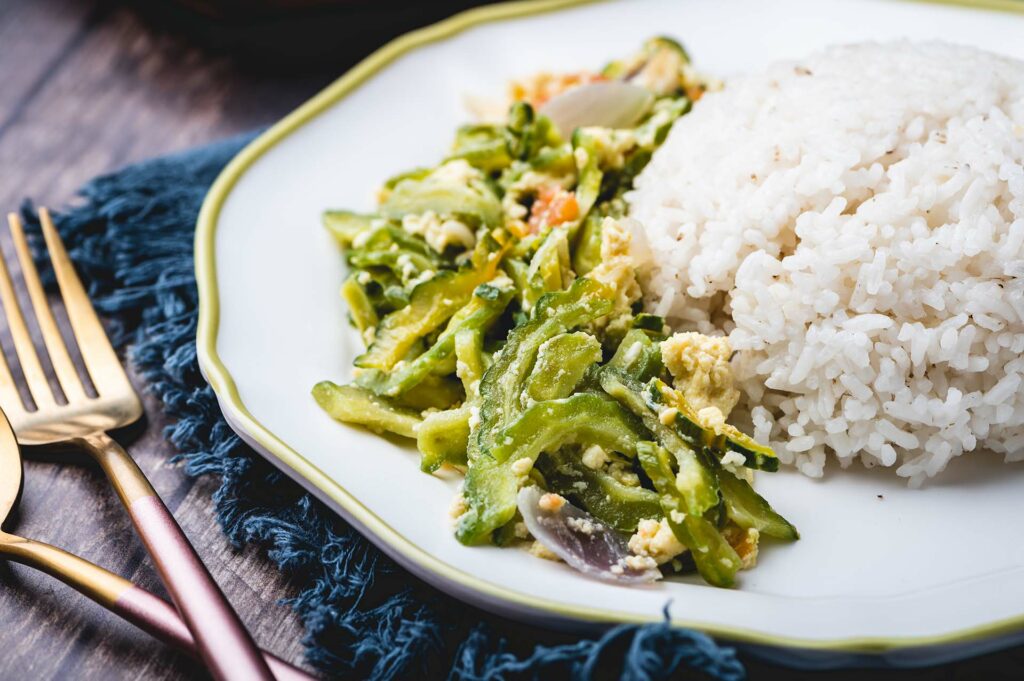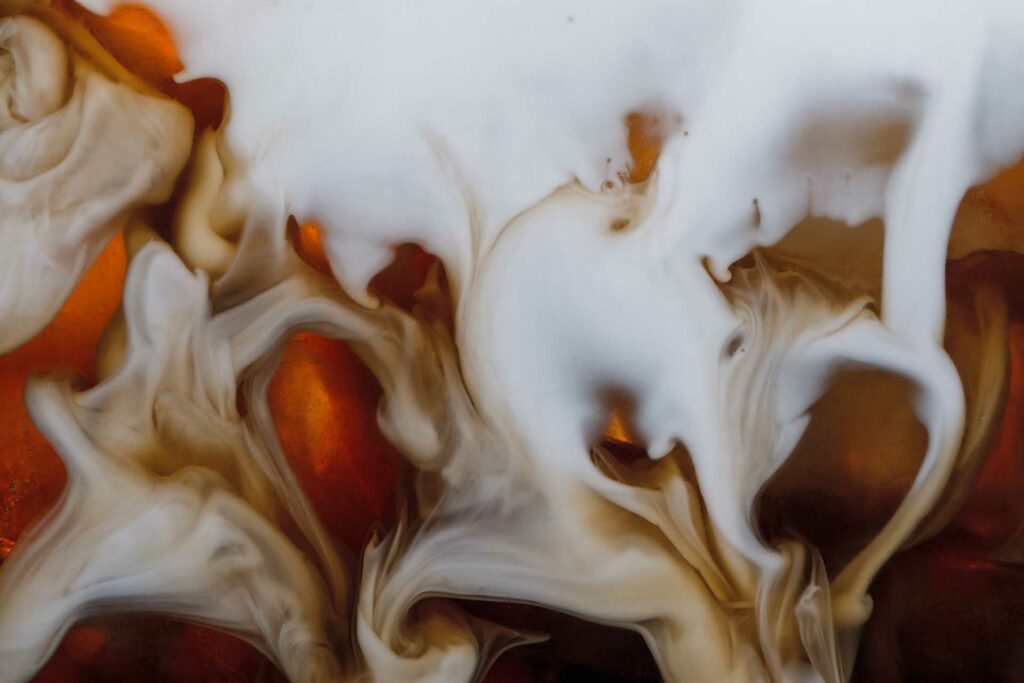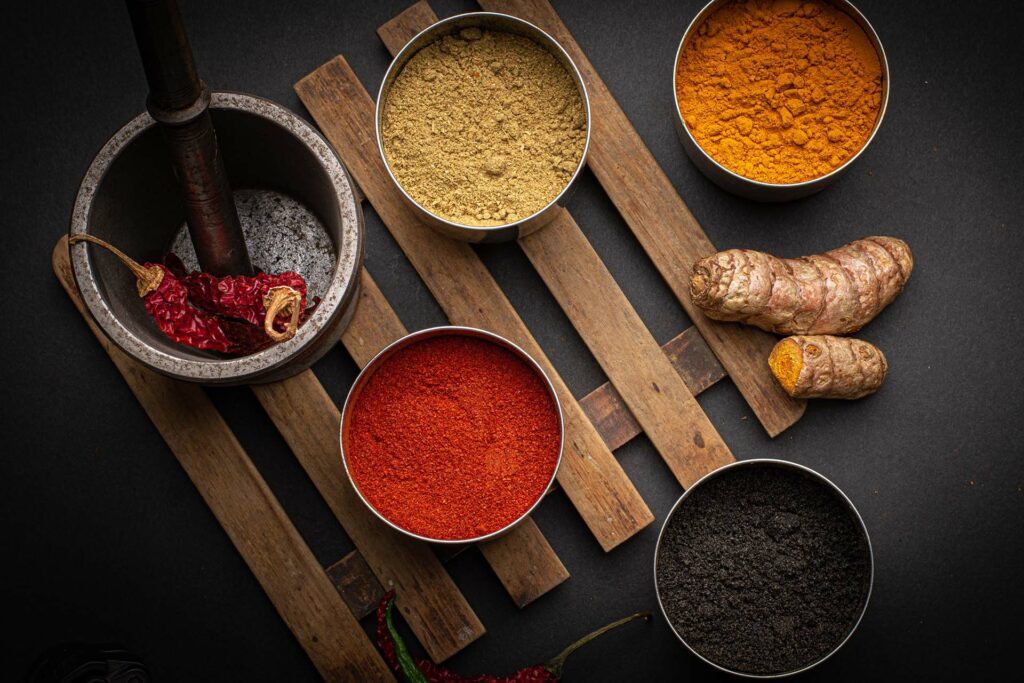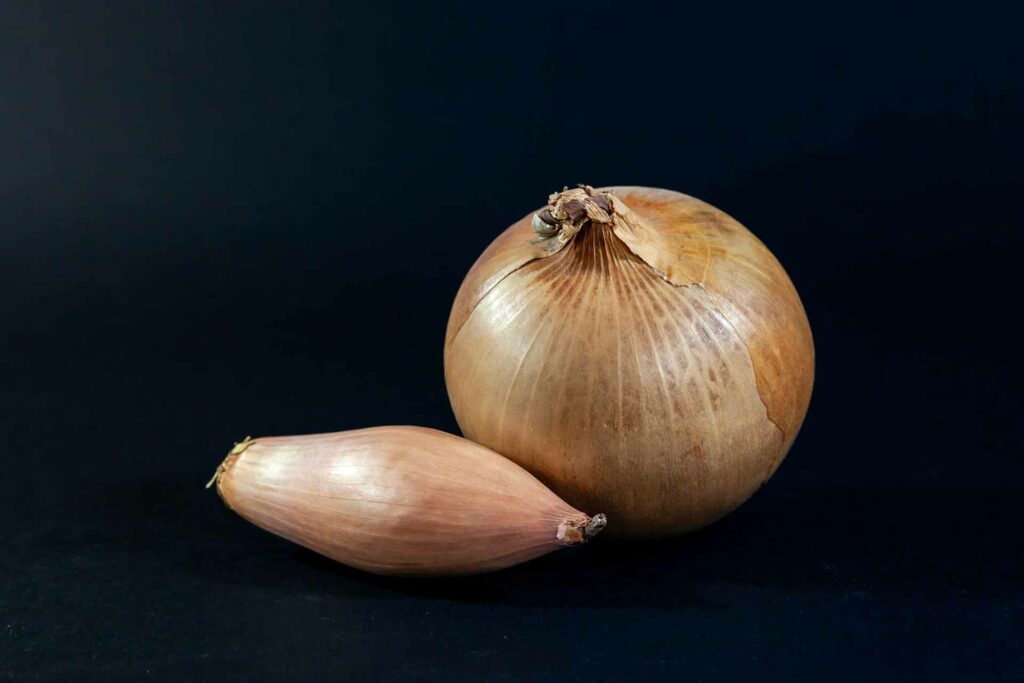In a world brimming with spirited beverages, tequila stands tall, a fiery drink with a heritage as rich as its flavour. Hailing from the heartlands of Mexico, this potent potion has captivated the souls of many with its unique taste.
But have you ever stopped to ponder on the magic that transforms a humble plant into an elixir of celebration? What’s the secret ingredient that gives tequila its charm? How does it journey from the sun-drenched Mexican fields into the glass of a cocktail connoisseur half a world away?
Hang tight, for we’re about to embark on a detailed exploration to uncover the answers.
Unveiling the Star Ingredient: The Blue Agave
The secret to tequila’s charm lies hidden within the fiery heart of the blue agave plant. Also known as Agave Tequilana Weber, this plant is the cornerstone of all authentic tequila.
The Geographical Gift
The blue agave plants are known to thrive best in the iron-rich volcanic soils of the Mexican state of Jalisco. It’s a geographical gift, a one-of-a-kind terroir, that imparts the distinct flavors and aromas to tequila.
Growing and Harvesting
The cultivation of the blue agave plant is by no means a cakewalk. It requires patience, care, and a keen eye:
- Planting: The process starts with the planting of ‘hijuelos’ or baby agave plants.
- Cultivation: It takes around 8-12 years for these plants to mature and reach the ideal size.
- Harvesting: The plants are then harvested by experienced ‘jimadores’ who skillfully trim off the spiky leaves to reveal the ‘piña’ or the heart of the agave.
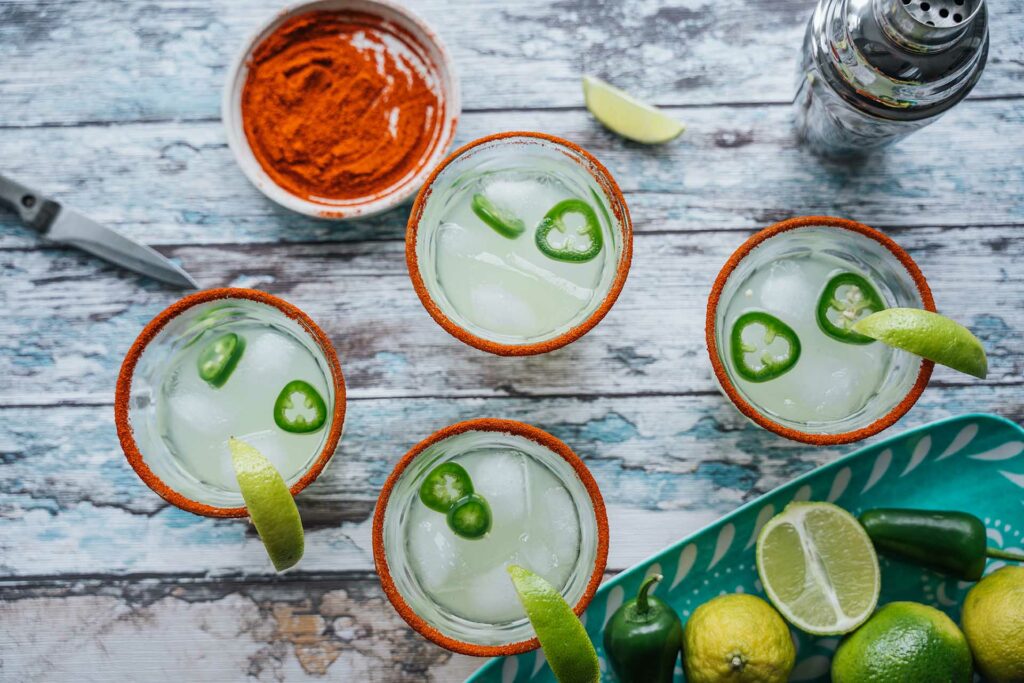
The Alchemy of Tequila: From Plant to Potion
The journey of the tequila begins with the harvesting of the agave and culminates in the beautiful symphony in your glass.
Cooking the Agave
The harvested piñas are cut into halves or quarters and then steamed in large ovens. The heat transforms the complex carbohydrates inside the piña into simple fermentable sugars.
Extraction and Fermentation
Once cooked, the piñas are crushed to extract the sweet juice or ‘aguamiel.’ This juice is then transferred to vats where it’s left to ferment – a process where yeast converts the sugars into alcohol.
Distillation
The fermented juice is distilled twice in large copper or stainless steel stills. The first distillation removes impurities and gives ‘ordinario,’ a low alcohol distillate. The second distillation produces ‘tequila,’ which is then either bottled or aged.
The Grand Finale: Aging and Bottling
The last steps in the journey of tequila are aging and bottling. Depending on how long it is aged, tequila gets different classifications: Blanco or Silver, Reposado, Anejo, and Extra Anejo.
FAQs
- What imparts the distinct flavor to tequila? Tequila gets its unique flavor from the blue agave plant and the specific geographical and climatic conditions of the Jalisco region in Mexico where it is grown.
- Is all tequila made from blue agave? Authentic tequila comes from the blue agave. However, some variations known as ‘mixtos’ may use a blend of agave and other sugars.
- What is the difference between tequila and mezcal? Both tequila and mezcal are made from agave, but they differ in the types of agave used, the production process, and the regions they come from.
- How long does it take to make tequila? Tequila making is a long process – it takes around 8-12 years for the blue agave plant to mature and another few weeks to months for the production and aging process.
Tequila, Tequila, Tequila
The magic potion that we know as tequila, is not just a spirit – it’s a symbol of Mexican culture and tradition, a celebration of the land’s unique gifts and the craftsmen’s skills. Every sip of tequila tells the tale of the fiery blue agave, the sun-soaked fields of Jalisco, and the time-honoured traditions. So, the next time you raise a toast with this fiery spirit, remember the journey it’s been through, from fields to flavours!

